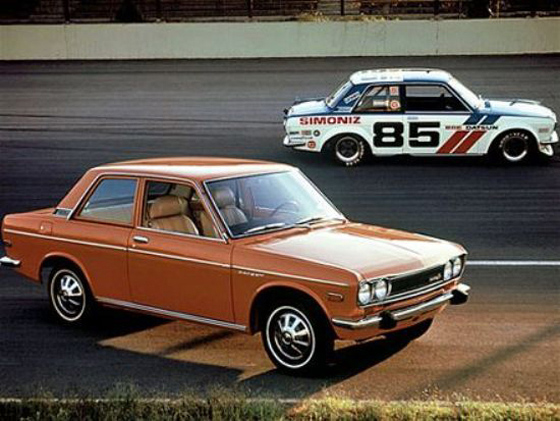-
Administrator

Article: Against All Odds - BRE Datsuns Documentary

Up to and including the 1969 SCCA Trans-Am Championship, cars racing in the Under 2 litre class were bundled into the same race as those in the Over 2 litre class. Throughout the first few years of the Trans-Am , from its inception in 1966, the U2 cars heavily outnumbered the O2 cars, but by the 1969 season, the numbers were fairly evenly stacked.
Therefore, for 1970, the SCCA made the decision to separate the two classes, and give each its own race. With factory and spectator support heavily favouring the O2 V8 cars, the U2 class was given its own shorter race that preceded the O2 race at each event. In 1970, the SCCA also outlawed the Porsche 911 from competing, citing the FIAís recognition that this was now considered a sports car.
The Trans-Am U2 class was largely structured around FIA Group 2 rules, although tweaked slightly to prevent limited-production parts being used. Outright contenders in the 1970 championship were the existing Alfa GTA teams, and newcomers, BMW, with their rapid little 2002, but the U2 category enjoyed an interesting and varied mix of entries, including Mini Coopers, Fiat Abarths, Renault Gordiniís, and Volvoís.
For 1971, the SCCA increased the maximum engine size in U2, to 2.5 litres, renaming it the Trans-Am 2.5 Challenge. It appeared their decision could have been based around trying to lure American manufacturers into the championship, which was largely European dominated. Chevroletís new 2,287cc Vega seemed an obvious target, but nobody ever took the bait. However, one new challenger did arrive for the 1971 Trans-Am 2.5 Challenge. And they werenít American. They were Japanese!
Pete Brock, a former GM stylist and who famously conceived and designed the Daytona Cobra Coupes while working for Carroll Shelby in 1964, combined with Nissan to prepare and race Datsun 2000s and, later, 240Zs in the SCCA C/Production Sports Car category, and Datsun 510s in the Trans-Am 2.5 Challenge for 1971. Run under his Brock Racing Enterprises (BRE) banner, his cars were immaculately presented, and extremely well considered and built.
The BRE 510s featured 1.6 litre motors topped with twin-Solex carbs, that revved to 9,000rpm, and boasted around 175hp. These were backed by a 5-speed gearbox which provided a huge advantage in acceleration over those using a 4-speed. Racing weight was down to under 800kg, through the use of fibreglass bonnet, deck lid, and front fenders. Underneath they achieved a ground-hugging stance by remounting the suspension pivot points, and handling and braking also benefitted through other clever BRE designs.
The little 510s looked superb with their front chin spoiler, and sat on their American Racing Wheels. Two cars were entered for John Morton and Mike Downs to drive, and were attractively finished white and red for Morton, and white and blue for Downs. For Nissan, who were working hard to break into the lucrative US automotive market with what were essentially cheap and basic products, the BRE Trans-Am efforts were the perfect marketing tool.
After a season-long battle for the manufacturers championship, both Datsun and Alfa wound up with 60 points apiece, but the Japanese manufacturer took the title on account of having notched up more race wins.
This fantastic little documentary, Against All Odds, reviews the battle of the 1971 Trans-Am 2.5 Challenge, and the BRE Datsuns assault on the series, with some brilliant footage.
 Posting Permissions
Posting Permissions
- You may not post new threads
- You may not post replies
- You may not post attachments
- You may not edit your posts
-
Forum Rules






 Reply With Quote
Reply With Quote